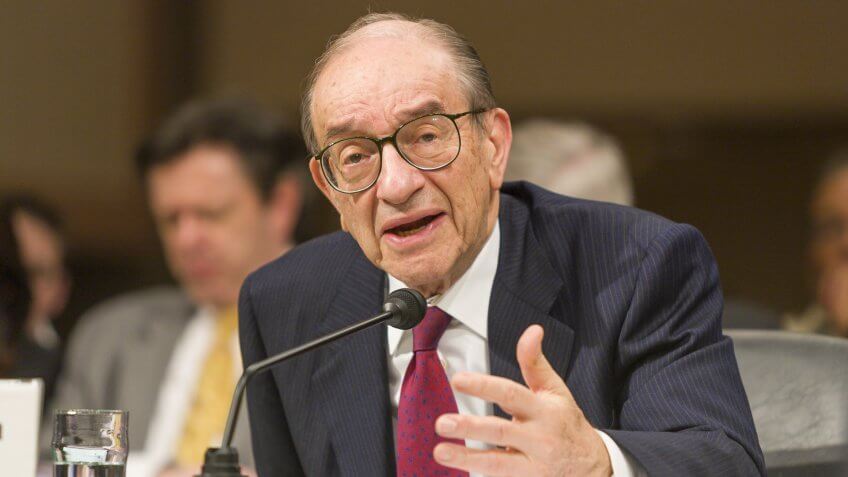
Past Recessions and Interest Rates
While raising interest rates above the natural rate can spur a recession, that doesn’t necessarily mean higher interest rates can be considered a sign that a recession is on the way. That’s because the Fed always raises interest rates during periods of economic expansion, and the boom-and-bust cycle of the economy means there are always periods of economic expansion preceding a recession.
So, while higher interest rates always come before recessions, they also come before continued prosperity, making them a pretty unreliable sign to count on.
For that matter, it’s also important to note that leaving interest rates below their natural level can be even more disastrous. When it’s too easy to get loans, it can lead to too much speculation chasing fast profits — causing the economy to grow too fast and then crash dramatically. In fact, many would cite the low-interest rates of the early 2000s — established by then-Fed chairman Alan Greenspan in response to a recession — as being a contributing factor to the creation of the housing bubble that would ultimately cause the financial crisis.




